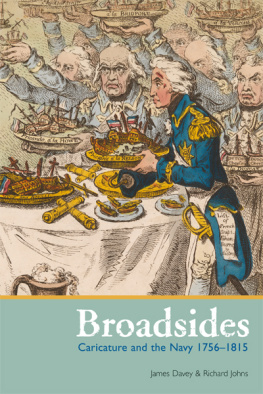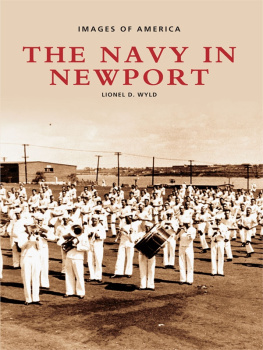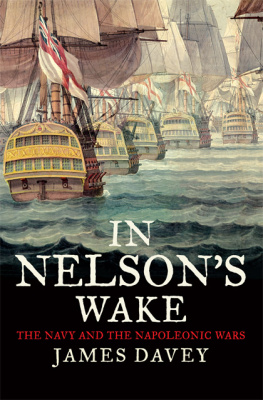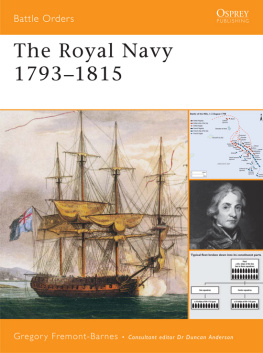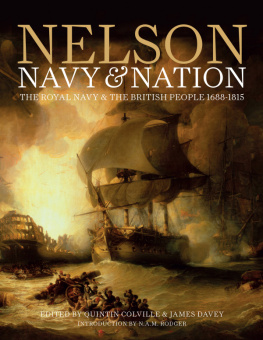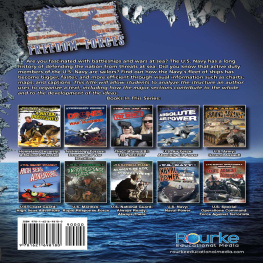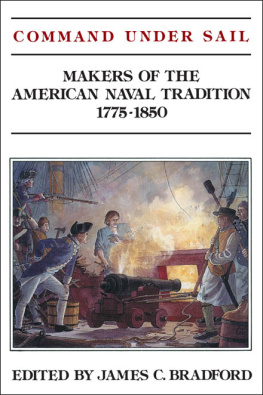ACKNOWLEDGEMENTS
In writing this book the authors have accumulated many debts of gratitude. The majority of the caricatures illustrated come from the NMMs collection, and several are published here for the first time. To make this possible, the prints were expertly conserved by Clara de la Pena and beautifully photographed by Tina Warner and David Westwood. We also owe considerable thanks to Emma Lefley and Doug McCarthy in the Picture Library, and also to Josh Akin, Lucinda Blaser and Will Punter. We would also like to thank our curatorial colleagues for their support in bringing this project to fruition, and a number of other individuals who have offered advice or assistance during the project: Tarah Butler, Roger Knight, Emily Mann and Lauren Wolper. We are particularly indebted to Pieter van der Merwe and Catherine Watson who read and commented on the entire manuscript. This book could not have been written without the encouragement and publishing nous of Rebecca Nuotio, and the organisational talents of Kara Green. Finally, we would like to thank Julian Mannering, Stephanie Rudgard-Redsell and Steve Dent at Seaforth publishing, who have guided the book through to publication with impressive efficiency.
This publication accompanies an exhibition at the National Maritime Museum, open between October 2012 and February 2013.
Dr James Davey is Curator of Naval History at the National Maritime Museum.
Dr Richard Johns is Curator of Prints and Drawings at the National Maritime Museum.
Copyright National Maritime Museum, 2012
www.rmg.co.uk
First published in Great Britain in 2012 by
Seaforth Publishing,
Pen & Sword Books Ltd,
47 Church Street,
Barnsley S70 2AS
www.seaforthpublishing.com
British Library Cataloguing in Publication Data
A catalogue record for this book is available from the British Library
ISBN 978 1 84832 146 5
eISBN 9781848322790
All rights reserved. No part of this publication may be reproduced or transmitted in any form or by any means, electronic or mechanical, including photocopying, recording, or any information storage and retrieval system, without prior permission in writing of both the copyright owner and the above publisher.
The right of James Davey and Richard Johns to be identified as the authors of this work has been asserted by them in accordance with the Copyright, Designs and Patents Act 1988.
Front cover: Detail of , 1798, James Gillray, NMM PAF3941.
Back cover: Detail of A Land Storm , c 1815, Thomas Rowlandson. NMM PAF3829
Inside covers: , 1811, Thomas Rowlandson, NMM PAF3841.
Contents
INTRODUCTION
Caricature and the Navy
J ohn Bull and Napoleon face one another across a narrow stretch of water, locked in a war of words. From the shores of Falsehood, Napoleon releases a flurry of fantastical reports announcing the dispersal of the British fleet and celebrating a successful invasion of England. John Bull, firmly grounded on the side of Truth, meets the onslaught of French propaganda with a single fanfare proclaiming the Total Defeat of Britannias enemies while holding aloft a copy of the London Gazette Extraordinary , the special edition of the Government newspaper, published on 6 November 1805, with the first reports of the British victory, and Nelsons death, at the Cape of Trafalgar. Meanwhile, in the distance, broadsides of a different kind are levelled at the French and Spanish fleets.
John Bull Exchanging News with the Continent first appeared in the window of Samuel Foress Piccadilly print shop on 11 December, days after the return of Nelsons body, when the printmaker and his publisher could have been confident of an enthusiastic reception for their latest collaborative work. With its combination of patriotic humour and political urgency, George Woodwards memorable print is typical of countless caricatures produced during the French Revolutionary and Napoleonic Wars: where the character of an entire nation could be embodied by the no-nonsense figure of John Bull; and where the violent uncertainties of a global conflict could be reduced to the simple polarities of Truth and Falsehood. Furthermore, by highlighting the importance of newsmaking and print culture in the ongoing struggle against Napoleons France, Woodwards print itself becomes implicated in the war effort a single, well-aimed shot in a continuous volley of patriotic satire.

George Woodward John Bull Exchanging News with the Continent Samuel Fores, 11 December 1805. Hand-coloured etching. NMM PAF4004

James Gillray Fighting for the Dunghill or Jack Tar settling Buonaparte Hannah Humphrey, 20 November 1798. Hand-coloured etching with aquatint. NMM PAD4792
Jack Tar straddles the globe, taking the British Isles and Europe in his stride as he sends Napoleon off the edge with a bloody nose. Gillray produced another, almost identical but cruder version of Fighting for the Dunghill , in which Citoyen Francois replaces Napoleon as the recipient of Jacks blows. Jack Tars physical resemblance to George III is deliberate, intended as a further sign of the British sailors loyalty in contrast to his revolutionary French foe.
This book explores the various ways in which the Royal Navy was represented in the art of caricature during the half century that encompasses the Seven Years War (175663), the American War of Independence (177583), and the French Revolutionary and Napoleonic Wars (17921815). During this period of near-continuous military engagement, the navy confirmed its status as Britains primary defence against foreign invasion and a vital tool of an expanding empire. The dramatic growth of British commerce and wealth during the eighteenth century had been reliant on the protection given by the Royal Navy, and on the access to new routes and areas of trade that became possible as a result of its global presence. The navy was the nations greatest expense and its largest employer; in wartime, it provided work for hundreds of thousands of people, not only on its ships, but also across a multitude of trades in its dockyards, and in the fields and forests that supplied the British fleet with enormous quantities of food and timber.
With so much at stake, the fortunes of Britains sailors around the globe received unprecedented attention from a news-hungry populace, and the governments management of the nations navy became a subject of intense public interest. The navys senior commanders became household names, as admirals who found success in battle were raised to the status of national hero. Meanwhile, the seamen who served under them came to represent a more robust ideal of virtuous masculinity, embodied in the irrepressible figure of Jack Tar.
This period of heightened engagement with the navy coincided with a particularly vibrant episode in the history of graphic satire in Britain. The age of Vernon, Rodney, Howe and Nelson was also the age of James Gillray, Thomas Rowlandson and Isaac Cruikshank, all still remembered today as leading figures in the history of British caricature. The insatiable demand for contemporary satire in Georgian Britain also provided a profitable living for other printmakers, including Robert Dighton, Charles Williams and the aforementioned Woodward, artists who are less well known today but whose individual humour and distinctive style were recognised and valued in their own time. These and other printmakers, together with the publishers they worked with and for, were capable of exerting a profound influence on the behaviour and attitudes of the many thousands who encountered their work. Their subjects were many, touching on every aspect of contemporary politics, religion and society; and for all, the navy and its exploits were a recurring and urgent theme.

